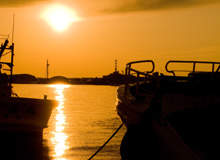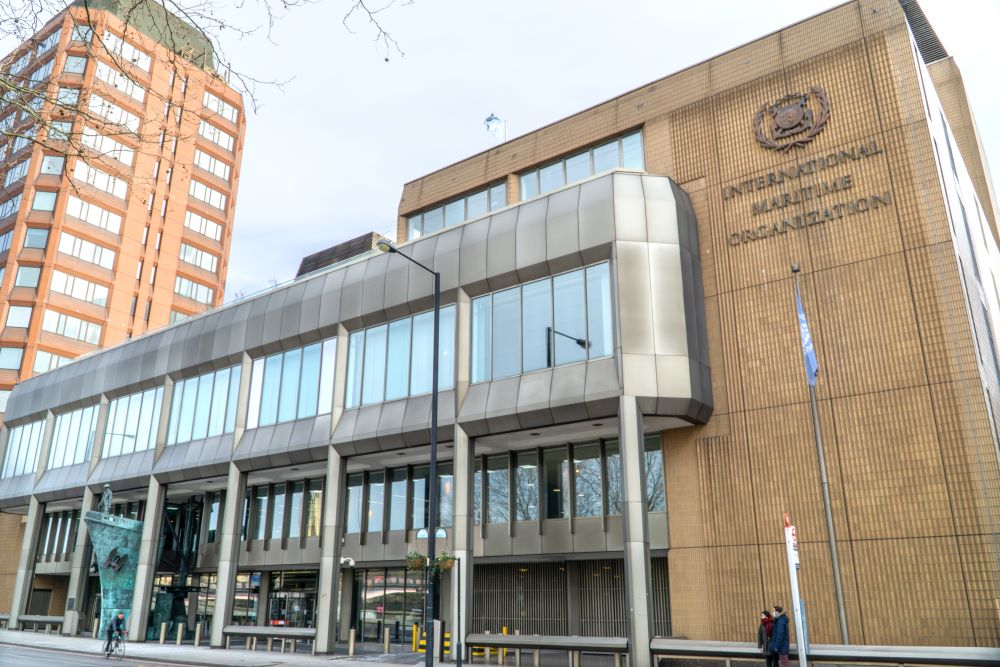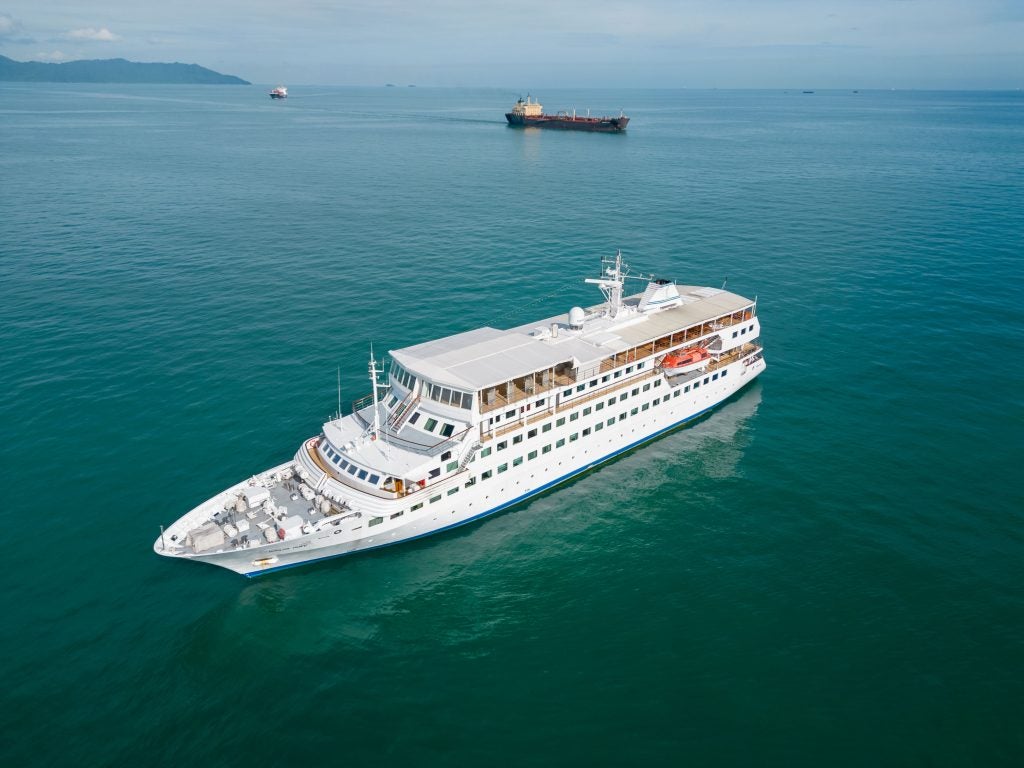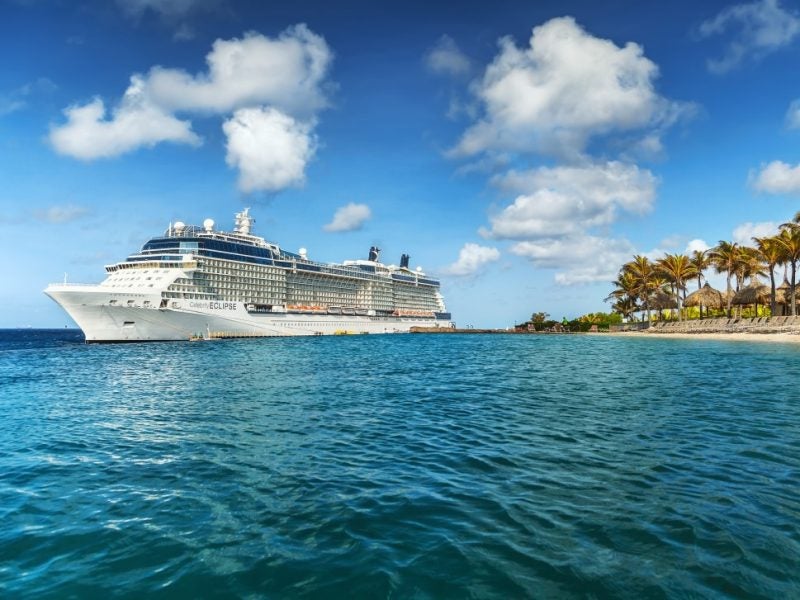
Many in the global shipping sector will be glad to see the back of 2009, a year that has seen the industry reel from the aftershock of the banking crisis, attacked by pirates and clobbered by increasing operational costs and taxes aimed at reducing its environmental footprint.
Shipowners have struggled, some shipyards and repair yards have closed and many have diversified into other business segments. Indeed, 2009 was a year that saw vessels delivered straight to lay up sites and was beset with overcapacity problems in almost all shipping sectors, but mainly the liner trades.
All the major containership operators have felt the impact, with some suffering more than others, such as intra-Asia specialist New Econ Line, which suspended operations in February.
Maersk and Neptune Orient Lines forecast significant financial losses for the year with container volumes sagging to an all time low, while the number of new vessels coming on stream is expected to increase capacity by 8% over the next few years, pushing operators further into dire financial straits.
Yet despite a tumultuous year in which almost 10% of the global fleet was entering either cold or hot lay-up, and with projections that 2010 isn’t going to fare any better, ships have been delivered that have been truly groundbreaking.
Ruling the waves
How well do you really know your competitors?
Access the most comprehensive Company Profiles on the market, powered by GlobalData. Save hours of research. Gain competitive edge.

Thank you!
Your download email will arrive shortly
Not ready to buy yet? Download a free sample
We are confident about the unique quality of our Company Profiles. However, we want you to make the most beneficial decision for your business, so we offer a free sample that you can download by submitting the below form
By GlobalDataThe Oasis of the Seas is, of course, one vessel that springs to mind. In October, the world’s largest cruise ship was delivered from STX Europe’s Turku shipyard to Royal Caribbean International (RCI), marking a major step forward in cruise ship development.
From a design perspective, Oasis of the Seas, along with its sister ship Allure of the Seas, to be delivered this year, is a feat of naval architecture. During the most hectic design phase there were 1,000 designers working on the vessel, with some 150 from the shipyard plus 20 architects hired by Royal Caribbean.
The 225,000gt behemoth rises 72m above the sea level to accommodate 6,360 passengers and 2,100 crew members over 16 passenger decks and 2,704 staterooms.
Audacious in its approach to vessel design and the cruise concept itself, the Oasis-class has an open park with lush tropical flora, shrubs, trees and seasonal flowers that runs the length of a football pitch through the centre of the vessel. Open to the elements, the Central Park, with its differently themed gardens, is just one of several unique ‘neighbourhoods’ intended to deliver an experience which cruise passengers have never enjoyed before.
If RCI is to recoup its £800m investment, however, over 300,000 passengers are needed a year and the Allure will double the requisite number.
Other significant ships delivered during the course of 2009, according to the Royal Institute of Naval Architects, includes Araon, the first Korean-built icebreaker delivered from Hanjin Heavy Industries for Korea Polar Research Industries’ account; K-Line’s Cape Garland, a new bulk carrier design from Mitsui Engineering & Shipbuilding Chiba works and Coral Methane, a 7,500m³ LNG, LPG and ethylene tanker designed for regional distribution.
In addition, there was the Costa Luminosa, the first in a new class of Fincantieri-built cruise ships fitted to plug into shoreside power; E-ship 1, a wind turbine transport ship from the beleaguered Lindenau Shipyard; and Maas Viking, a 11,636dwt ro-ro cargo vessel for short sea operations from Denmark’s soon-to-close Odense Lindø shipyards.
Green tides
It is Eidesvik Offshore’s Viking Lady, a vessel that exemplifies shipping’s commitment to emissions reduction, which is bound to be remembered as one of 2009’s most important vessels. Delivered in April by Norwegian shipbuilder West Contractor, the ground-breaking vessel drew crowds during the COP15 deliberations that took place in Copenhagen in December as a portent for shipping’s green credentials.
The 92m-long offshore supply vessel, built as part of the FellowSHIP programme, a joint industry project and development programme managed by Norwegian classification society Det Norske Veritas, is the first commercial ship to use a high-temperature fuel cell concept to deliver auxiliary power to propulsion systems and other consumers.
A so called ‘hot module’, supplied by Germany’s MTU Onsite Energy, has been fully integrated into existing onboard power generation equipment and supplies 320kW of the ship’s power supply requirementsf while being powered by liquefied natural gas. The configuration is claimed to increase efficiency and lead to a considerable reduction in emissions. It is also claimed that through the fuel cell technology the vessel will negate 4,755t of CO², 33t of SO² and 180t of NOx being emitted to atmosphere year-on-year.
Despite the COP15 deliberations failing to make significant decisions on who will police shipping’s reductions targets, the Viking Lady was used to introduce the results of a new study depicting how the shipping industry could cut emissions by 2030.
On guard
The study looked at ships from all market segments, from the existing fleet to newbuilds. The results showed that shipping, compared to a projected baseline (where no measures are applied) of 1,530 million tons of CO2, could cut emissions by 30% by 2030 at zero-cost. This equals a reduction in emissions of 500 million tons of CO2.
Notwithstanding the initiatives intended to clean up shipping, or indeed the fact that the industry is enduring its worst ever downward turn, 2009 will also be viewed as the year in which piracy increased exponentially in terms of frequency and severity.
By April, acts of piracy almost doubled on the previous year’s figures for the first quarter. According to a report issued by the International Maritime Bureau (IMB) a total of 102 incidents were reported in the first three months of 2009 compared to 53 incidents in the first quarter of 2008.
The increase in the first quarter of 2009 was due almost to increased Somali pirate activity off the Gulf of Aden and the east coast of Somalia, although attacks against vessels in Nigerian waters also saw a noticeable increase towards the end of the year. All told, 306 acts of piracy in and around the Gulf of Aden were reported to the IMB Piracy Reporting Centre in the first nine months of 2009, while in 2008 the total number of attacks for the year was 293.
The most recent event occurred on the cusp of the new decade when, on the 28 December, the chemical tanker St James Park was hijacked while transiting the International Recognised Transit Corridor.







